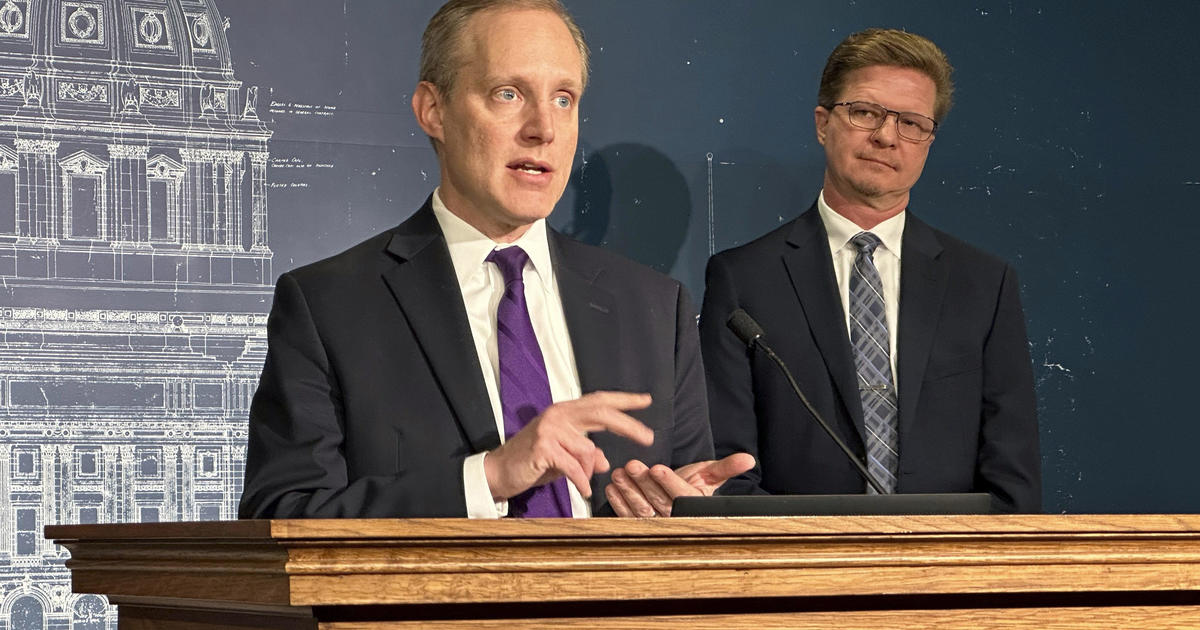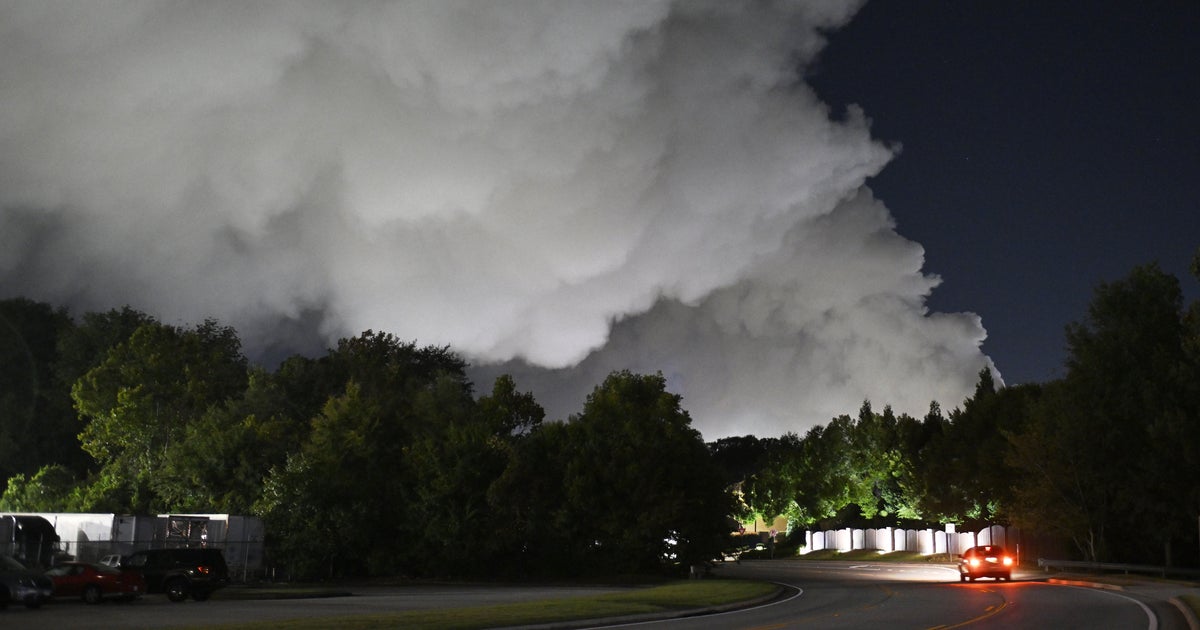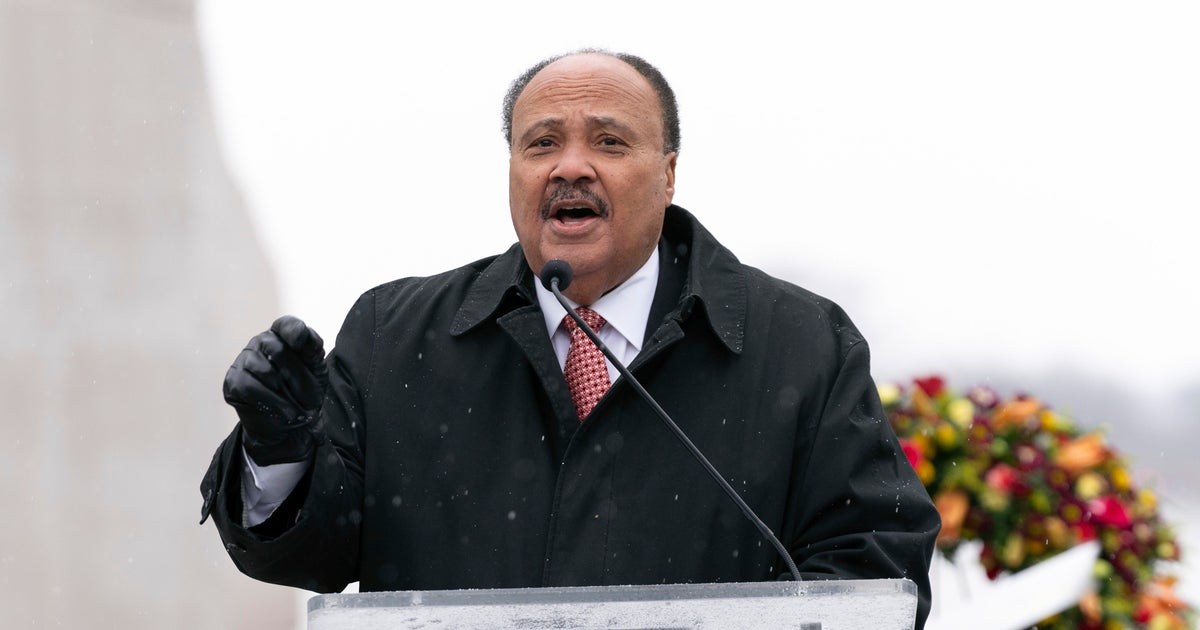Clean Power Plan's end may only slow coal's drop
What does EPA Administrator Scott Pruitt's proposal to withdraw the Clean Power Plan today mean for the power generation industry?
For certain, it's a major step in the Trump administration's efforts to dismantle another central piece of former President Barack Obama's legacy: the battle to limit climate change. The latest move follows President Donald Trump's decision to withdraw from 2015's Paris climate accord.
The CPP was designed to cut US carbon dioxide emissions to 32 percent below 2005 levels by 2030. The rule dictated specific emission targets for states based on power-plant emissions and gave state officials broad latitude to decide how to get there. It also aims to transition from coal-based energy to wind, solar and natural gas power.
The Supreme Court put the plan on hold in February 2016 after legal challenges by industry and coal-friendly states. Even so, the CPP helped spark a recent wave of retirements of coal-fired plants, which are also being squeezed by low-cost natural gas and renewable power sources.
Before Mr. Trump tapped Pruitt to lead the EPA, he had sued to stop the CPP in 2015 as Oklahoma's attorney general.
Yesterday, states supporting the CPP were already lining up to combat Pruitt's proposed repeal efforts, including New York and Massachusetts. Organizations like the Environmental Defense Fund lined up to decry the Pruitt's plan to evaluate the rule, while the coal industry praised his decision.
American coal production has slipped since 2014, according to the US Energy Information Administration. However, the EIA said ending the CPP might stall but not stop coal's decline as renewable sources rise faster. That's partly because capital costs, or the money needed to build more plants, and state and federal policies "encouraged use" of renewables.
Cheaper natural gas has also put a dent in coal use, an EIA report from earlier this year said. As natural gas use rises and coal slides, renewables should overtake coal by the late 2030s, according to the report.
Last year, solar accounted for almost two-thirds of net new electric power capacity around the world, according to the International Energy Association. Solar made up 39 percent of new generation last year, Bloomberg reported earlier this year, citing GTM Research and the Solar Energy Industries Association.
Amid the CPP fight and even without stricter federal regulations aimed at curbing greenhouse gas emissions, some states are still moving ahead in preparing to meet stricter emissions regulations, no matter where they come from, according to a report last year from Governing, which covers state and local governments.
Ted J. Thomas, chairman of the Arkansas Public Service commission told The New York Times his state is still developing measures to reduce carbon emissions.
"You still have to reckon with the fact that ultimately regulations on carbon are coming," Thomas told the Times. "We need to develop options to deal with that other than sticking our heads in the sand and hoping we can just file lawsuits forever."







